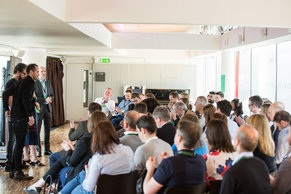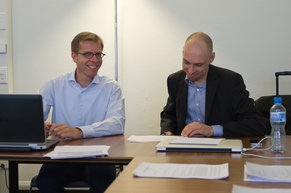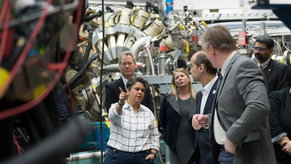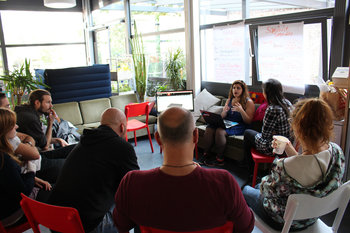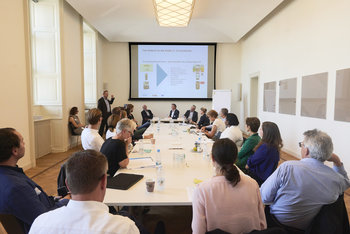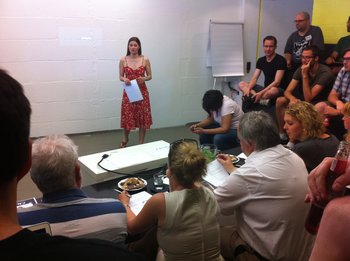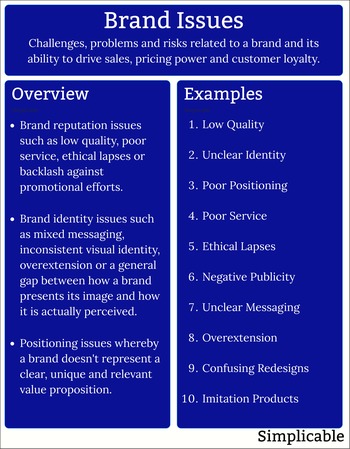
Adequate breaks | Adequate workspace |
Bonuses and profit-sharing | Career advancement |
Challenging work | Clear expectations |
Clear job roles | Clear policies |
Company updates | Company values |
Competitive compensation | Consistent decisions |
Defined processes | Employee benefits |
Employee input | Environment of professionalism |
Fair management | Flexible hours |
Health insurance coverage | Healthy environment |
Hygiene factors | Insurance benefits |
Job autonomy | Job security |
Learning opportunities | Maternity and paternity leave |
Onboarding support | Open communication |
Opportunities for promotion | Paid time off |
Pension | Performance reviews |
Professional growth | Reasonable working conditions |
Recognition | Regular feedback |
Remote options | Respectful treatment |
Safe workplace | Secure premises |
Skill development | Task variety |
Tools & technologies provided | Transparent policies |
Work-life balance |
Onboarding
The expectation that an employee will be provided with everything they need to do their job from the first day. An employee who is left to their own devices without assistance in navigating a new organization may quickly become disillusioned. For example, wasting days or weeks setting up access to systems.Hygiene Factors
Hygiene factors are basic expectations that do not increase satisfaction when they are met but create significant dissatisfaction if they aren't met. A common example is an office that doesn't provide a basic water, tea and coffee service. This may cause significant angst for some employees.Working Conditions
Working conditions such as terms of employment or controls that are used to monitor employees. For example, an employee who is accustomed to a relationship of trust with employers may be surprised by excessive monitoring and controls.Responsibilities
It is common for the responsibilities of a role to differ from employee expectations. This can be due to a mismatch between the role description and the realities of the job. It can also be due to change or unrealistic expectations that an employee has developed based on outside information such as their previous responsibilities in a similar role.Opportunity
Expectations related to opportunity such as the idea that a firm will promote from within as opposed to hiring external candidates for desirable job openings.Office Politics
Expectations regarding internal competition and behavior. An employee who is accustomed to a win-win environment where employees build upon each others successes may be surprised by a firm where everything is viewed as win-lose.Culture
Expectations for organizational culture such as norms. For example, an employee who is accustomed to receiving detailed work assignments from a boss may have trouble adapting to an organization where you are expected to define your own contributions and fight to stay relevant.Work-Life Balance
Expectations for work-life balance such as the ability to disconnect from work messages when on holiday.Process & Procedure
Employees that have worked for an organization for a long span of time may expect things to work much the same at a new job at another firm. In some cases, an employee will assume a particular practice is universally mandatory when it isn't. This can result in problems adapting to a new role. For example, a manager in IT may be accustomed to developing 5 year plans for technology. This may result in problems adapting to an organization that never plans more than a month in advance.Information
Information related expectations such as an employee who expects management to explain strategy without needless secrecy. It is common for employees to want to know why things are done. If strategy and plans are viewed as irrational, employees typically become disengaged.Feedback
The expectation that an employer provide regular performance feedback. Some individuals will feel insecure if they haven't received recent feedback that indicates they are in good standing with an employer.Summary
The following are common types of employee expectations.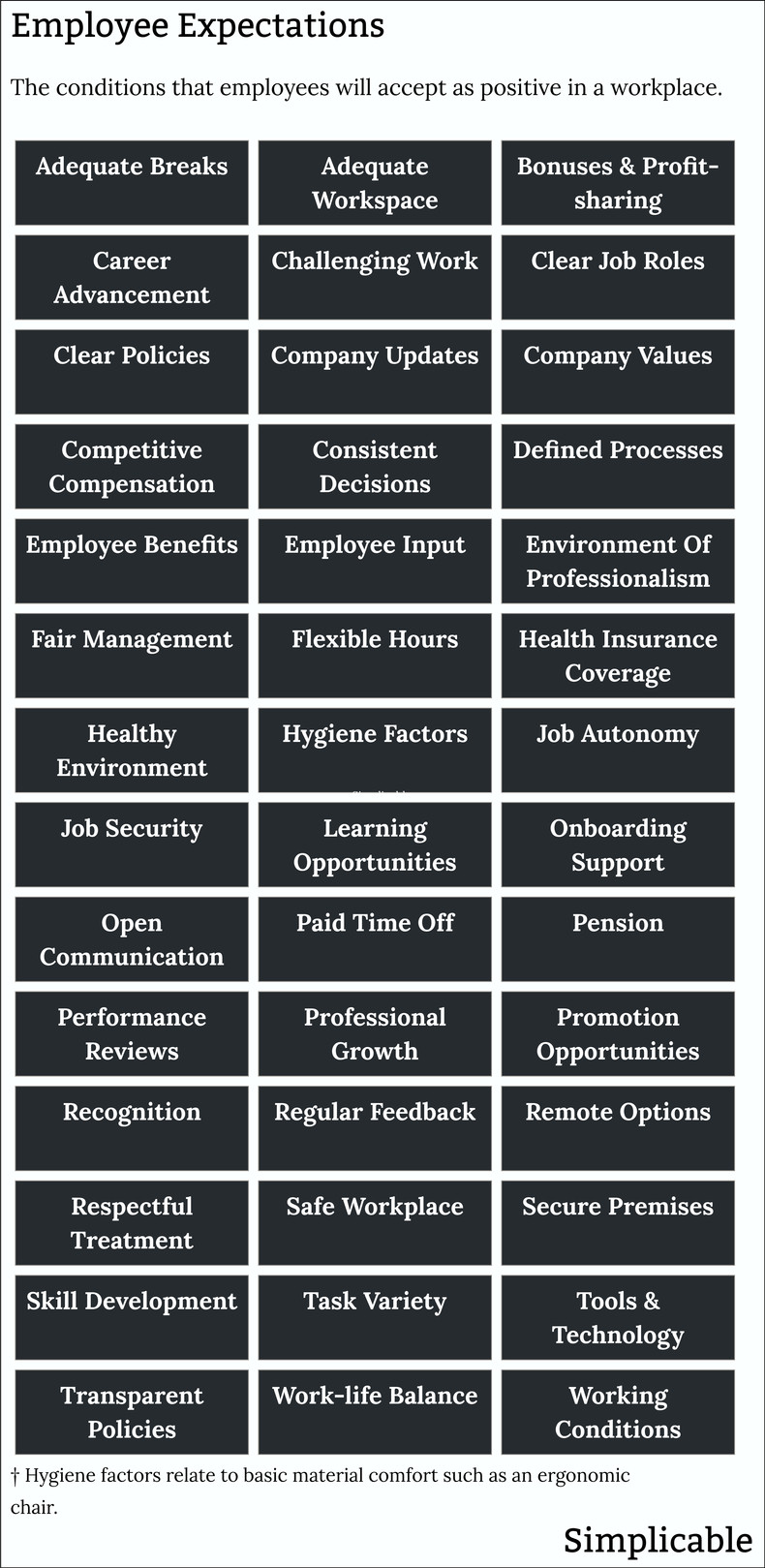
Overview
Employee expectations are what an employee expects of a role, job, company and company culture. These aren't always realistic and can be managed by an employer with communication designed to manage and set expectations.
| Definition: Employee Expectations | ||
Type | ||
Definition | Forward looking assumptions an employee develops for an organization, team and role. | |
Related Concepts | ||











